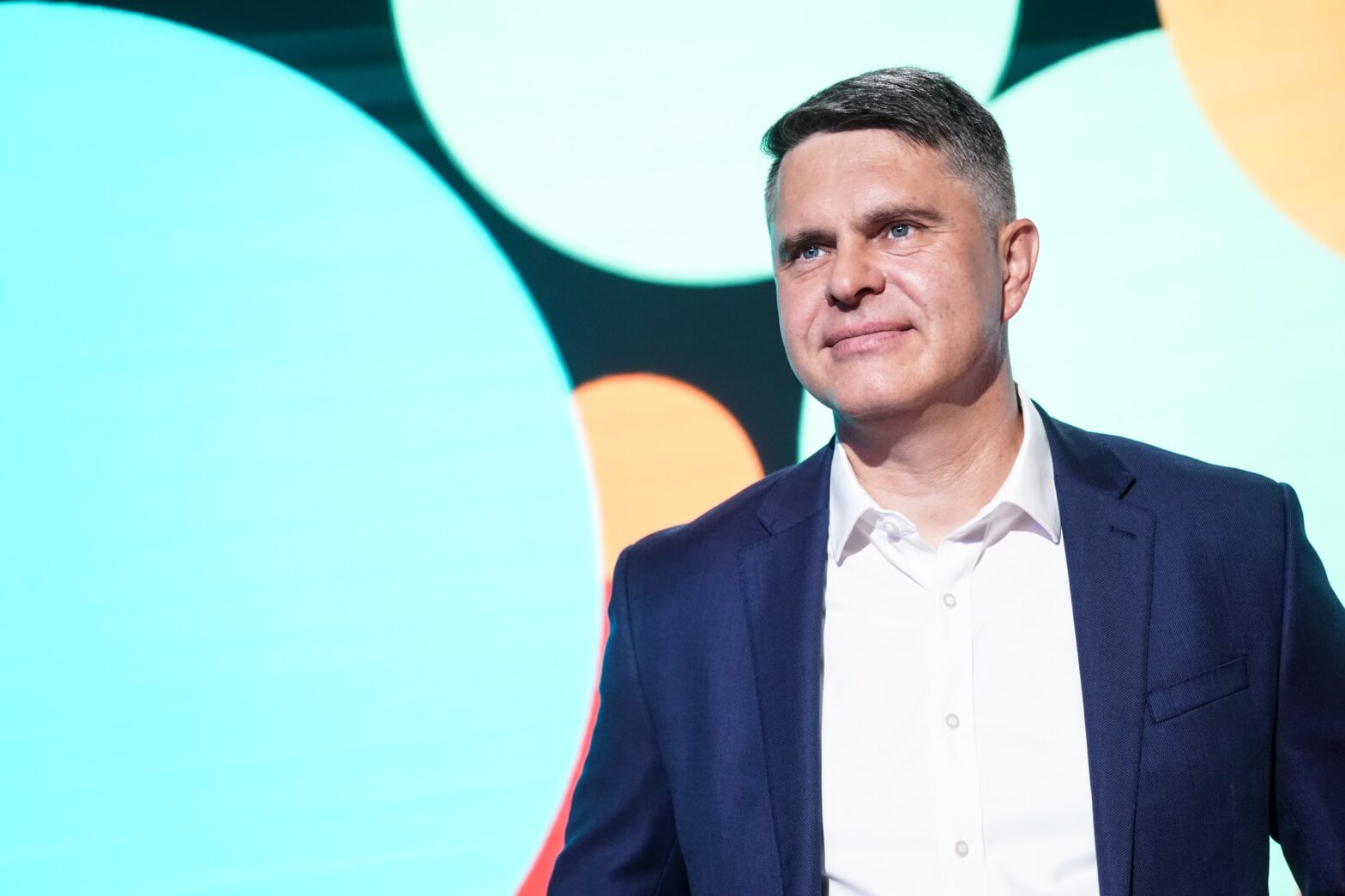FTV Prima and DVB-T2 multiplex 24 operator, telecommunications firm Digital Broadcasting, have expressed their joint support for the preservation and development of terrestrial television broadcasting in the Czech Republic. They responded by comment form to the draft Radio Spectrum Management Strategy published by the Czech Telecommunications Office (CTU), stressing the importance of this platform for access to TV content. For Prima, the DTT platform is crucial, as it operates all its TV programmes on it.
Terrestrial digital television is used by 53% of Czech households on a conventional antenna on at least one receiver, according to surveys argued by Czech Radiocommunications (CRA). Both entities therefore consider it necessary to maintain terrestrial broadcasting in the coming years. The CEO of FTV Prima, Marek Singer, even appeals to the CTU to ensure that the operation of all existing nationwide networks will be possible at least until 2050 to ensure the long-term stability of the competitive environment.
Prima wants two new stations thanks to reserved capacity
There is a logical explanation for the perhaps surprisingly long period for which FTV Prima wants to maintain terrestrial broadcasting. Prima not only operates all of its full-screen channels in the DVB-T2 multiplex of Czech Radio Communications, but it is also planning two additional stations - one of them is known as Prima Case. FTV Prima has reserved data capacity in this television network, which it can use according to its needs. In the past in DVB-T2, therefore, it started broadcasting its programmes in 1440 x 1080p resolution.
Pressure from pay-TV operators later forced Prima to switch these programmes to the basic 960x540p format, leaving only CNN Prima News in HD resolution with a 1280 x 720p ratio. The argument was better readability of the accompanying graphics for the news channel. Unlike Nova, Prima does not operate any pay channel; instead, the latter has six. These are the premium stations Nova Sport. It is worth noting, however, that it is Nova that has spread the broadcasting of its programmes over two multiplexes, with CRA entrusting Nova Cinema in addition to its flagship channel.
CRA has channels available for non-launched networks
Also playing in favour of terrestrial TV broadcasting and its future may be the so-far unused frequencies for the planned DVB-T2 multiplexes 25 and 26, which were never actually launched. According to Martin Roztočil, director of external relations at Digital Broadcasting, which operates DVB-T2 network 24, multiplexes 25 and 26 represent one of the possible safeguards for the future of terrestrial TV. Roztočil, like Singer, points to the long-term stability of the terrestrial platform's position as a traditional and popular choice for many Czech households, thanks to the possibility of watching TV programmes free of charge.
Digital Broadcasting is also proposing to use the frequencies of multiplexes 25 and 26 to test innovative technologies such as 5G Broadcasting, which has so far been pushed exclusively by rival CRAs. This technology offers the potential for future use in terrestrial broadcasting, allowing for experimental verification of operations and preparing for the challenges associated with technical innovation. The available frequencies could also be used for regional broadcasting or for one-way transmitters, referred to as SDLs. This flexible approach would allow alternative technologies to be experimentally tested without interfering with existing services, which may help to improve the availability of television broadcasting in remote areas or in the transition to new standards.
Long-time PDTV chief also warns of free frequencies
On the basis of the published draft of the "Radio Spectrum Management Strategy" and the opportunity to submit your opinion, expert consultant Petr Formánek suggests several changes to the text. Formánek worked for years at PDTV, which operates Prague's Regional Network 4. After it was taken over by the CRA, he has gone freelance. Formánek said it was essential to consider that a time-limited individual licence to use frequencies in so-called "white spaces" could lead to a negative public reaction if service was interrupted after expiry.
Formanek also recommends the use of the frequencies of networks 25 and 26, like Roztočil, primarily for experimental validation of new technologies such as 5G Broadcast and DVB-I, in order to allow these frequencies and standards to coexist on the same radio frequency channel. He also proposes that the phrase "The UHF band is technically and economically optimal for ensuring coverage of the territory by mobile services" be amended to reflect the use of the UHF band for DTT (terrestrial TV), which would support the maintenance of a competitive environment and the development of the industry.
Source: mediaguru.cz

